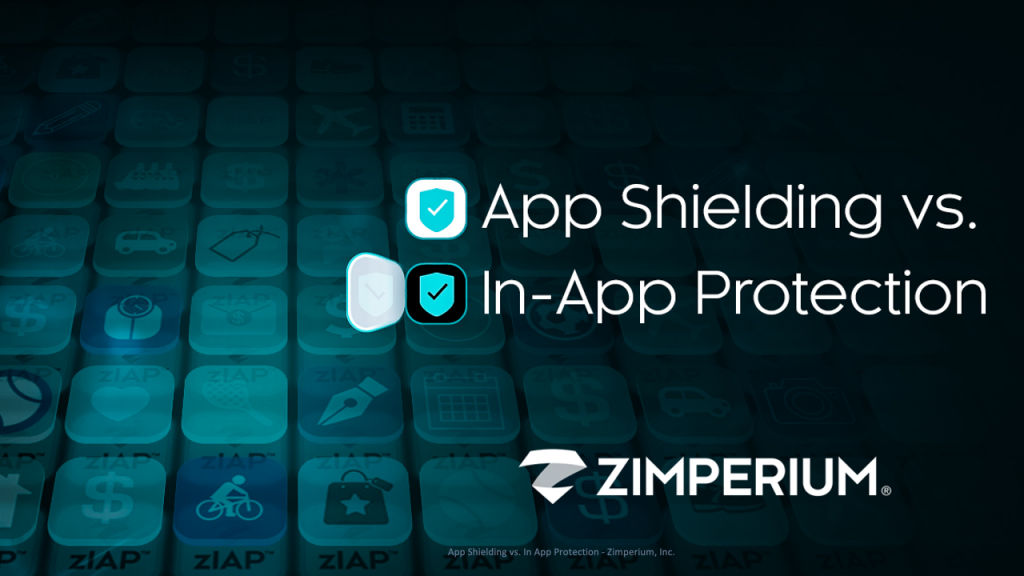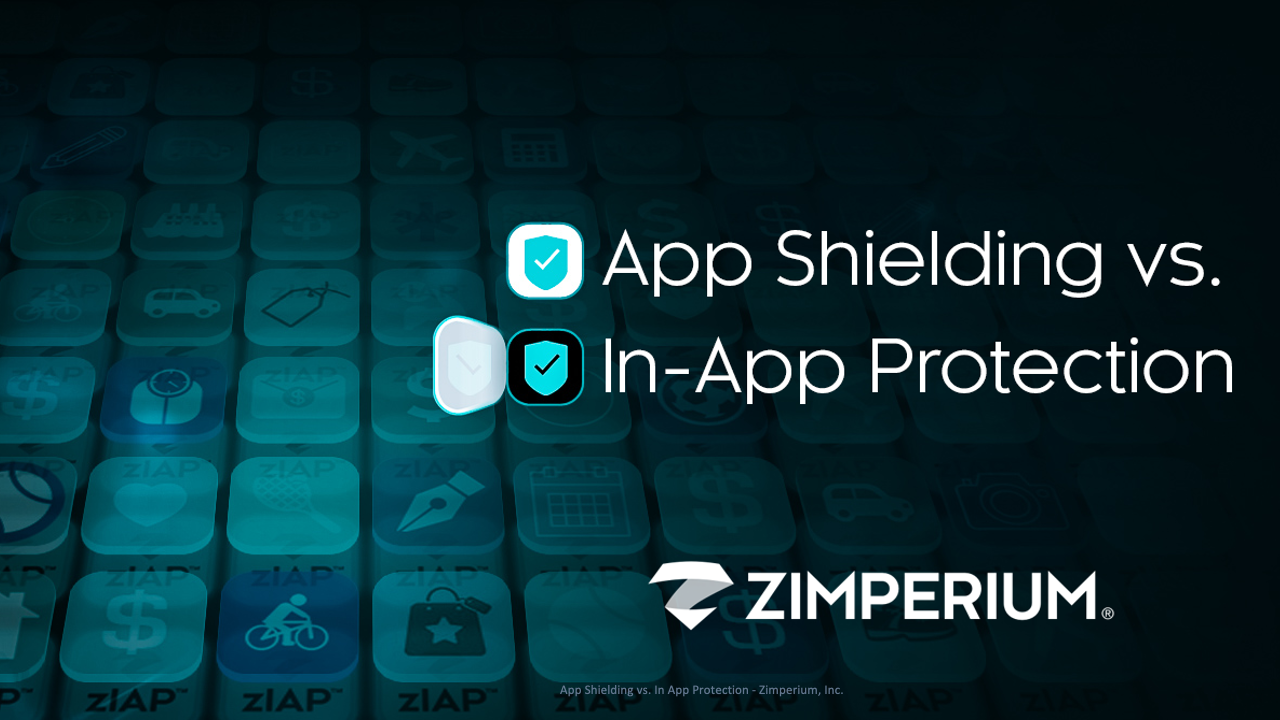This presentation describes the differences between application shielding or hardening technologies and in-app protection.
Application shielding is a set of technologies that modify and obfuscate an application’s binary code. App shielding makes an application more tamper-resistant, protecting against intellectual property theft, piracy, and vulnerability discovery by reverse engineering, and unauthorized access. It creates a more resilient app making it more difficult to reverse engineer by obfuscating and encrypting the binary code.
In-app protection differs from app shielding in that it detects real-time malware, network, and operating system attacks from inside the app. Mobile threat defense technology is placed inside a mobile application to detect and remediate threats to the app and the device.
In-app protection protects your backend systems from being compromised by mobile malware or vulnerable mobile devices your users may be carrying. While you cannot control your mobile users’ device health, you can limit the devices from communicating with you if you detect malware, risky configurations, or network attacks on your users’ mobile devices.
You can read the entire article on Zimperium.com.

